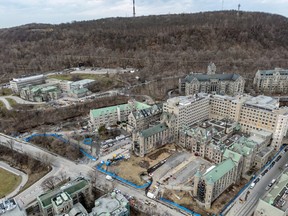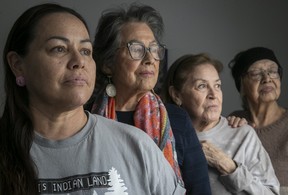MNN. KAHENTINETHA’S NEW WORLD ORDER. Revised. Oct. 1, 2025.
Authoritarian powers want to claim ownership of everybody in the world by force, intimidation, blackmail, deliberate deception in the media, mesmerizing the whole world. A plan is in motion:
US President George Bush announced in 1990 that there will be a “New World Order” run by a few;
On Feb, 16, 2016, Pope Francis tried to enter the US through Mexico and was turned back by Trump;
On July 29, 2022 Pope Francis came to Canada and was anointed by indigenous with a warbonnet and declared on his plane trip home that what happened to indigenous “was genocide”;
On May 26, 2025 King Charles came to Canada without the permission of the indigenous;
Oct. 1, 2025, Alberta announces plans to split from Canada so Trump will be the sovereign to take over all natural resources and building a pipeline to the Pacific;
On Sep. 20, 2025, US Vice President visits Pope Francis just before his death; Vance had just converted to catholicism; if Trump is disabled Vance will become the catholic president of the United States;
On May 8, 2025, new Pope is appointed, R. F. Prevost of Chicago. and is now under the protection of governor and mayor of Chicago;
On Sept 16, 2025, Trump visits King Charles;
In 2026 Quebec is holding a referendum to separate from Canada to become part of France and the European community;
The laws of Nature overrule all attempts to manipulate reality. The world is run by nature not by man. Nature always rights itself. The original indigenous philosophy is based on the natural order of things. These man made powers are trying to take the most important real estate in the world, onowarekeh turtle island, of the indigenous. They are in the process of trying to remove the true indigenous owners and caretakers of the land.
The lien on turtle island is the Royal Proclamation of 1763 with the Crown of England. No one can claim turtle island unless the Crown sees that all indigenous on that property all agree to the sale of their own free will and communally. Othewise, the deal is null and void. Culturally Indigenous cannot sell their earth mother. Turtle island remains a vast indigenous “reservation” of unsold land. This agreement is to protect the sovereign Indigenous people and all indigenous title. No individual can sign away land titles or resources. All indigenous must work together as one body to say yes or no to every transaction unanimously. One indigenous can block any transaction. We have always honored this agreement. This principle is incorporated in the Royal Proclamation. The chiefs always knew this and warned their people that this attack was coming.
STRANGERS IN PARADISE
Not seen or understood are the spiritual forces which overpower the valid and recognized patterns of indigenous having a lien on all of turtle island onowarekeh affirmed by the Royal Proclamation 1763. Colonists President Trump and Prime Minister Carney realizing this impediment to their plans to take over turtle island recently visited with King Charles of Britain to get his cooperation to wrest total control of the economic, legal, military system of turtle island, without our knowledge and violating laws that were sanctioned by the Supreme Court of the US. The British Crown remains the trustee of the indigenous lands on all of turtle island. It looks like Carney invited the king to renounce his position as trustee. After consultation a clan mother sent a letter by Express Delivery to King Charles just as he was entering Parliament to make major decisions. It looks like the highest level of world power are working together to divide up turtle island amongst themselves.
France and England have lost the current war over domination of the corporation known as the US to Trump who, as a real estate tycoon, sees the situation as a real estate transaction of our land. He has to remove the true owners. However, he cannot break the spiritual tie between the indigenous people of the world and our land which binds us with the entire planet. The world is tribally divided between the indigenous on various parts of the globe. We must work together to save our mother earth. Natural forces in our subconscious will determine our future. Trump and everybody else has to deal with us.
We are the natural world. Our peoples’ philosophy are important aspects to stop the savagery that has currently overcome the world. No other can be the caretakers of the land as designated by our ties to creation. Real estate people think they can take leadership of Canada and US band and tribal councils through bribery, military threats, deception and mass propaganda. Until the non-natives leave they are governed by the tenets of the Royal Proclamation 1763 which overrules everything they do. Nature governs everything. We do ceremonies with nature to maintain our ties on the proper order of things. We maintain our divine relationship and cannot forfeit anything to usurpers, military, political or business people.
DECLARATION.
ONOWAREKE TURTLE ISLAND BELONGS TO THE INDIGENOUS, NOT TO FOREIGN BUSINESS ORGANIZATIONS. Even when there is only one indigenous child standing on our land, this single sovereign native overrules every action being carried out on any area of the land, water and air of all our entities. Should usurpers try to control us, nature will back up that one individual who stands against this theft. Creation’s order of things cannot be violated as this is built into the way we are. Our adversaries are trained to use artificial means such as money, government policies, disease, mental confusion, destruction of reality and narrative promotion on the internet and such media as AI to get their way. They have created a destructive big lie throughout the world. Nothing can overwhelm the one truth that turtle island is set aside as a special place for indigenous people. Only those we invite can come here, which we never did. We make all final decisions. In our creation story we come from the sky world, which is a planet that revolves around the binery twin of our sun. On a long cycle there will be two suns in the sky. The last time this happened was when dekanawida was here.
Each one can learn the kaianerekowa constitution of peace and go back to their homeland to teach it to their people. When the women of the world understand their true power will the world know peace.
As a force of nature we will decide everything to do with turtle island. Many attempts have been made to murder us like the disease infested blankets., etc. We survived because we and our land are protected by nature. Our feet are in the soil. Together we decide what happens between humans and nature. This is our role on turtle island. We will declare what will happen here. We work with nature because we are part of nature. The ingredients of our body comes from turtle island which guides us. We stand on our mother and they will not touch us. The forces of nature are making all of the destructive interlopers return to their roots where they have the same kind of bond to the earth as we have.
No one can break our spiritual tie to our land. This is why we have absolute confidence that no harm will come to our people.
Frank Zappa sings about the Flakes who make up most of the refugees brought onto turtle island to do all the labor for their rulers because the original sidewinders don’t like to get their hands dirty. Flakes wear the work harness:
They never be workin’ when they oughta should
They waste your time, They’re wastin’ mine
California’s got the most of them
You ask ’em, “Where’s my motor?”
“Well it was eaten by snakes”
You can stab ‘n’ shoot ‘n’ spit
But they won’t be fixin’ it
They’re lyin’ and lazy
They can be drivin’ you crazy
Swear to God they got the most (Yeah)
At every business on the coast (Yeah)
Swear to God they got the most (Yeah)
At every business on the coast
[Take it away, Bob. . .]
[Verse 3]I asked as nice as I could if my job would somehow be finished by Friday Well the whole damn weekend Came and went, Frankie {Wanna buy some mandies, Bob?] You know what? They didn’t do nothin’ But they charged me double for Sunday. Now you know no matter what you do They gonna cheat and rob you Then That’ll get you so crazy. they’ll give you a bill. That’ll get your senses reelin’ And if you do not pay They got computer collectors That’ll get you so crazy. ‘Til your head’ll go through the ceilin’ Yes it will!
[Verse 4]. I’m a moron and this is my wife She’s frosting a cake with a paper knife All what we got here’s American made It’s a bit cheesy. But it’s nicely displayed Well we don’t get excited when it Crumbles and breaks.
One two three four!
You might call us Flakes Or something else you might coin us. We know you’re so greedy That you’ll probably join us We’re comin’ to get ya, we’re comin’ to get ya. We’re comin’ to get ya, we’re comin’ to get ya








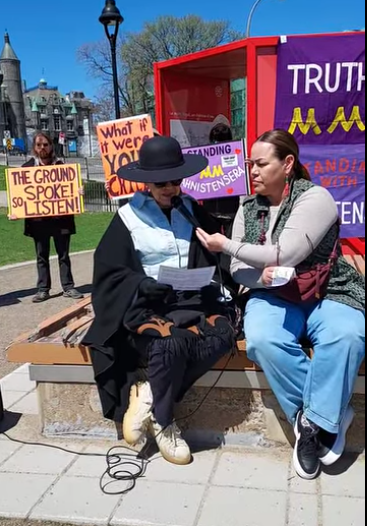






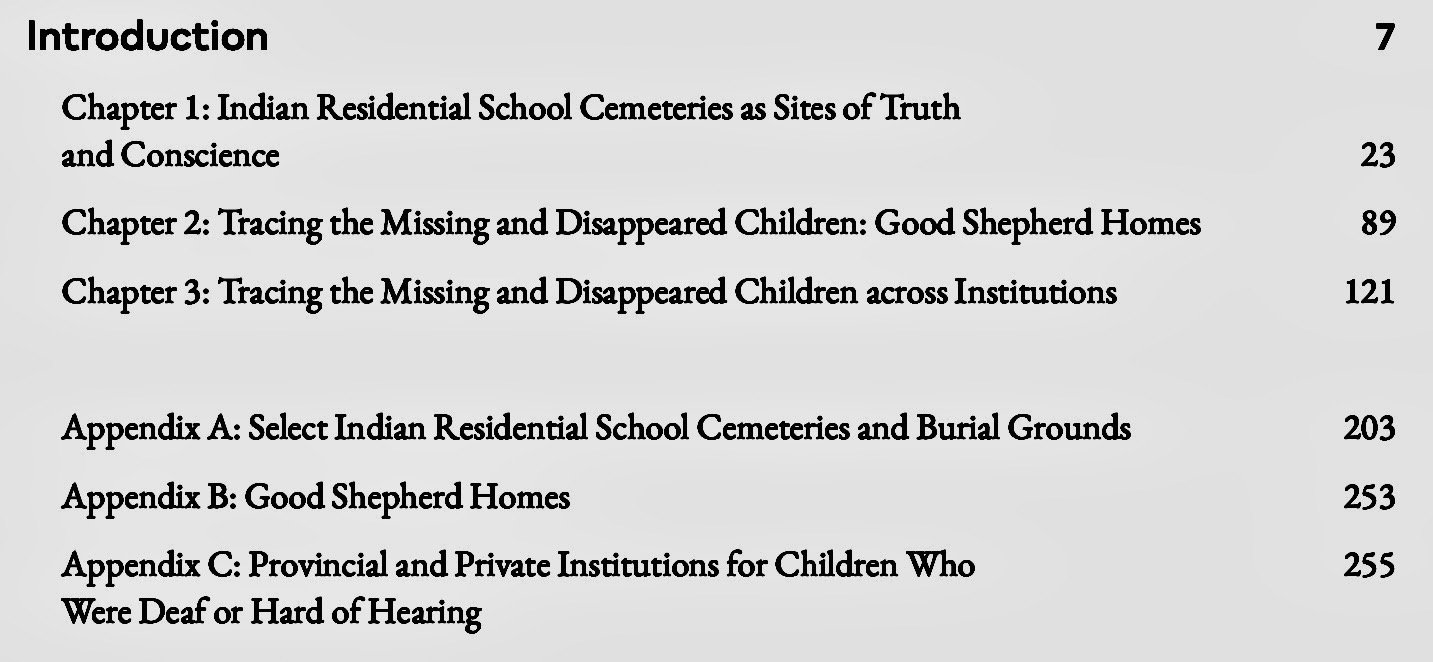
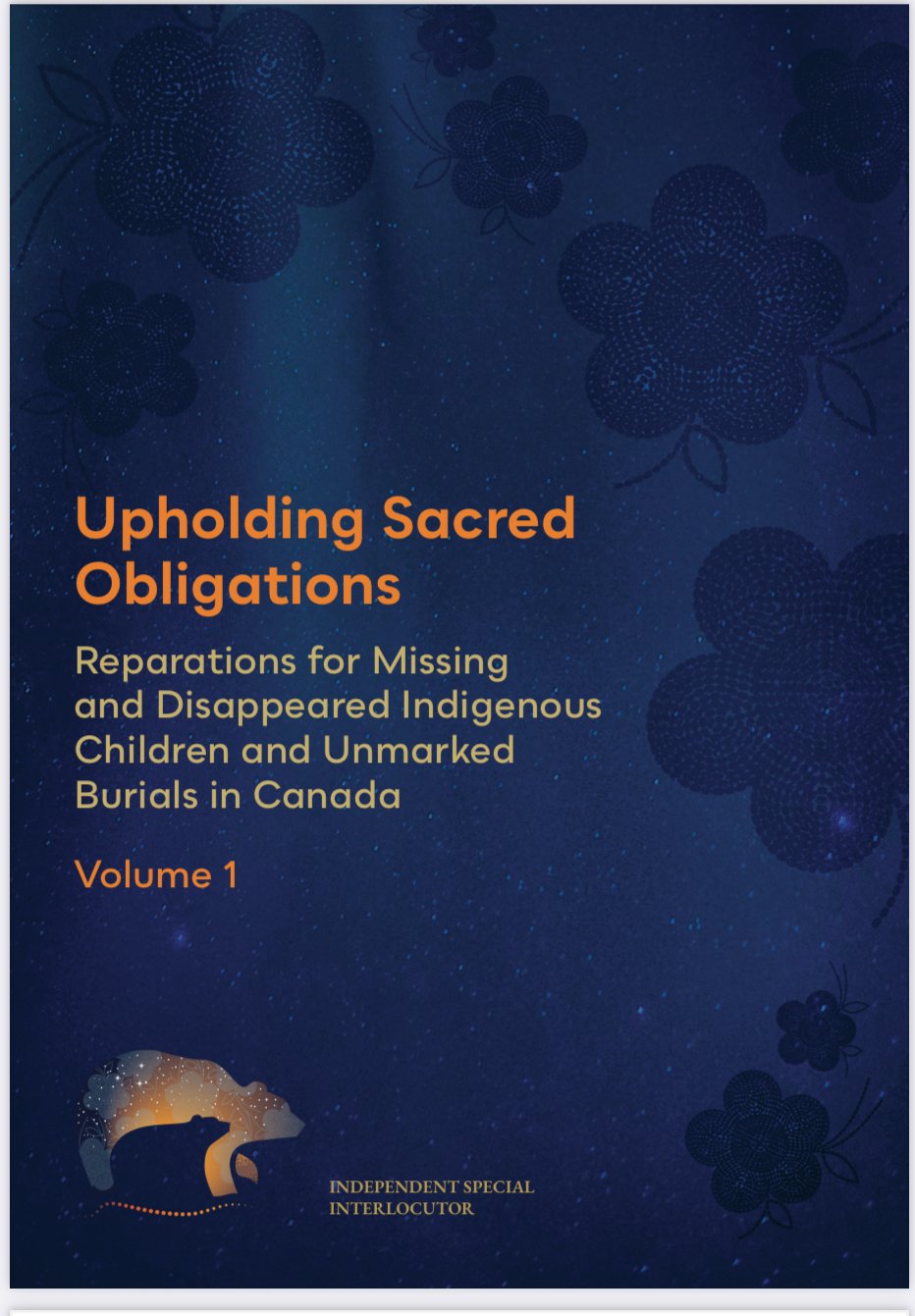
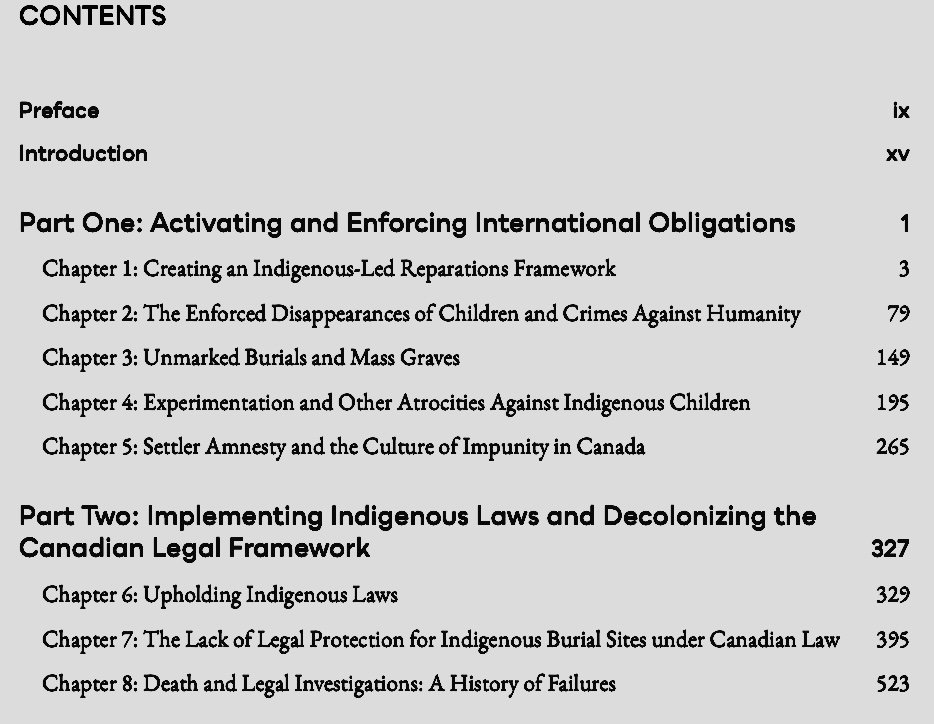 ______________________________________________________________________
______________________________________________________________________
 ______________________________________________________________________
______________________________________________________________________
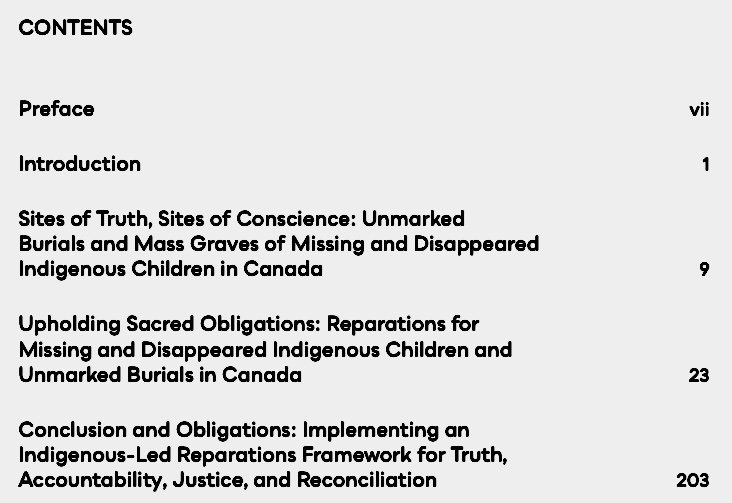 ______________________________________________________________________FRENCH VERSION
______________________________________________________________________FRENCH VERSION







 MOHAWK MOTHERS SEEK & MCGILL DOESN’T SEE CHILDREN’S GRAVES
MOHAWK MOTHERS SEEK & MCGILL DOESN’T SEE CHILDREN’S GRAVES